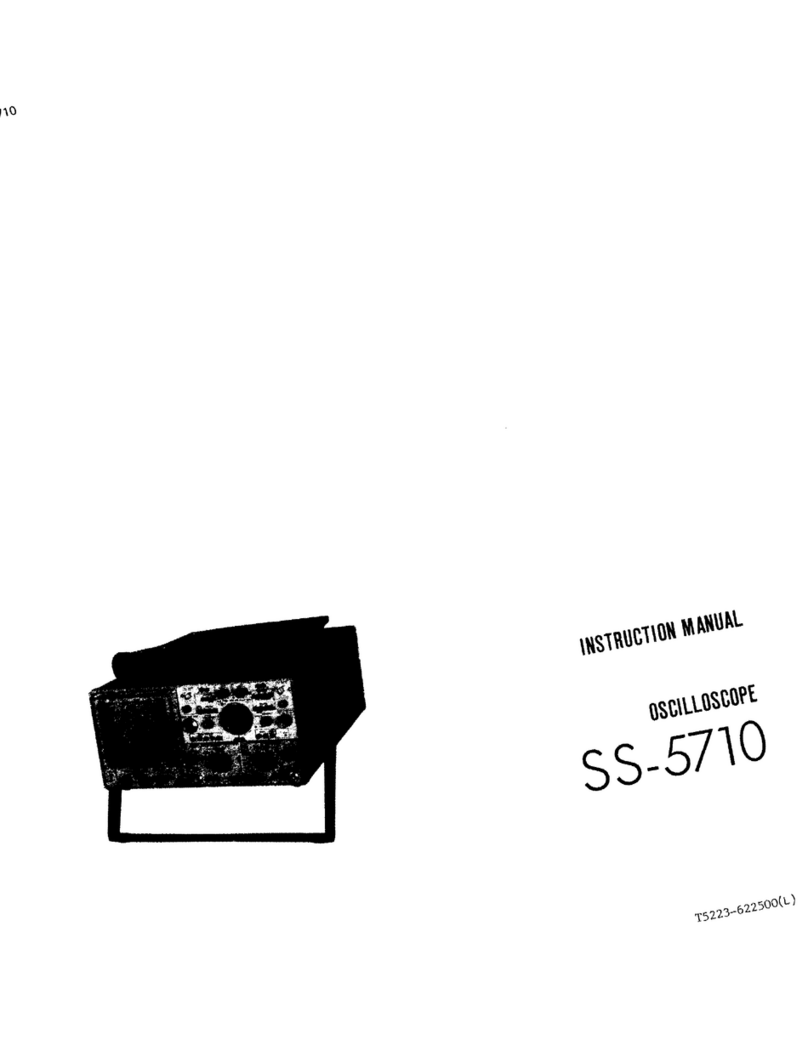●Do not place any object on this product.
Otherwise, the cover may break and come in contact with the internal circuits, causing an electric
shock, fire, or failure.
●Always use this product only within the rated operating range.
If used over the rated range, failure may occur. The allowable range is as follows:
Only indoor use
Operating temperature: 5C to 35C
Operating humidity: no dew allowed below the moisture amount of 85 RH
(35C, non-condensation)
●Do not expose this product to direct sunlight or high humidity.
If not, heat may accumulate inside this product, resulting in a fire.
●Do not place this product in a location with excessive moisture or dust.
If not, an electric shock or fire may occur.
●Do not expose this product to oil smoke or steam; e.g. besides cooking table or humidifier.
A fire or electric shock may occur.
●Do not use any damaged cable or power cord.
Otherwise, an electric shock or fire may occur.
●If this product will not be used for a long time, remove the power plug from the receptacle for
safety.
●Before transporting, remove the measurement sample from this product, close the cover, and
then pack with the packing material provided at the time of purchase or the equivalent or
better.
Excessive vibration or shock applied to this product during transportation may cause it to
malfunction, resulting in a fire. The warranty will be voided when a failure or damage is caused by
transporting the product while the sample is attached or the cover is open.
If there is not a proper packing material/ shock absorber, contact Iwatsu office or our sales
distributors. When having this product transported by a shipping company, write "Precision
Instrument - Handle With Care" on each side of the packing box.
●When cleaning this product, remove the power plug from the receptacle for safety. Use dry
cloth to wipe water drops away.
If not, an electric shock or fire may occur.


































